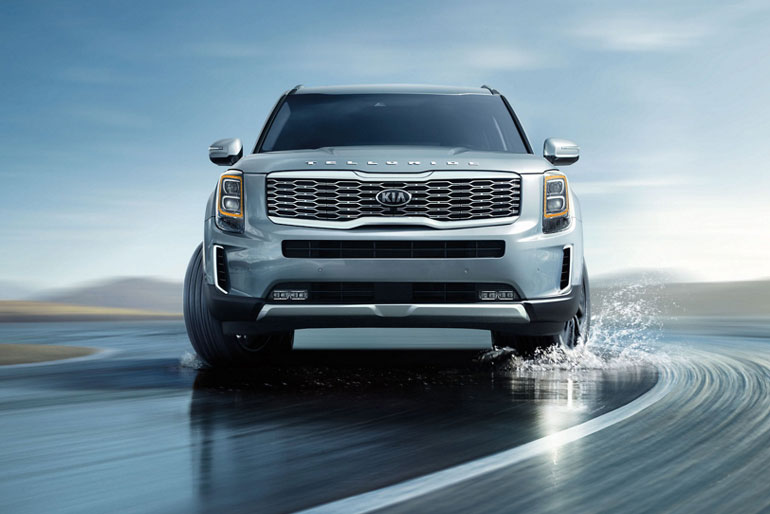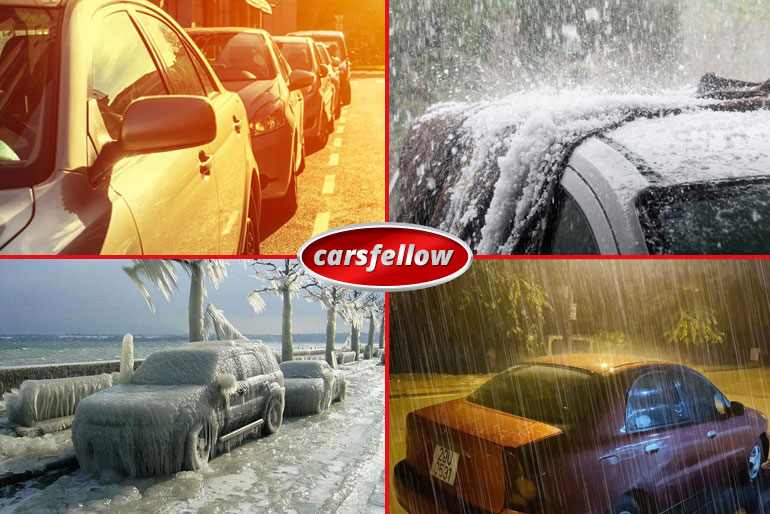Whether you experience regular storms, bright sunshine, or cold weather, knowing how to protect your car can be invaluable. Understanding the best practices to keep your car safe against weather damage will help you to ensure that your vehicle can look and perform at its best for years to come. This guide is here to help you take care of your vehicle by showing you the most effective ways of protecting your car against weather damage.
How to Protect Your Car in the Hight of Summer
When most people think about the effects of weather on their vehicle, it is common to focus on the most extreme weather conditions, like storms. While storms can be very damaging to a vehicle, so too can extreme heat.
If you live in an area that regularly experiences high temperatures, then you will need to know how to keep your car protected in the height of summer. Some of the most effective ways to protect your vehicle during the summer are listed below.

-
Park in the Shade
You should try to park in the shade whenever possible to help avoid the effects of sun damage and overheating. However, be mindful of where you are parking, as sap and bird dropping can be just as damaging, if not more damaging than the effects of direct sunlight.
-
Use a Windshield Sun Shade
If you are unable to park in the shade, using a windshield sunshade is the next best thing, as it will help protect your car from the effects of overheating. This will help to shelter your interior surfaces and greatly reduce the internal temperature of the vehicle.
-
Check Your Cooling System
When you are experiencing prolonged hot weather, you should regularly check your cooling system to make sure all is running as expected.
Rain
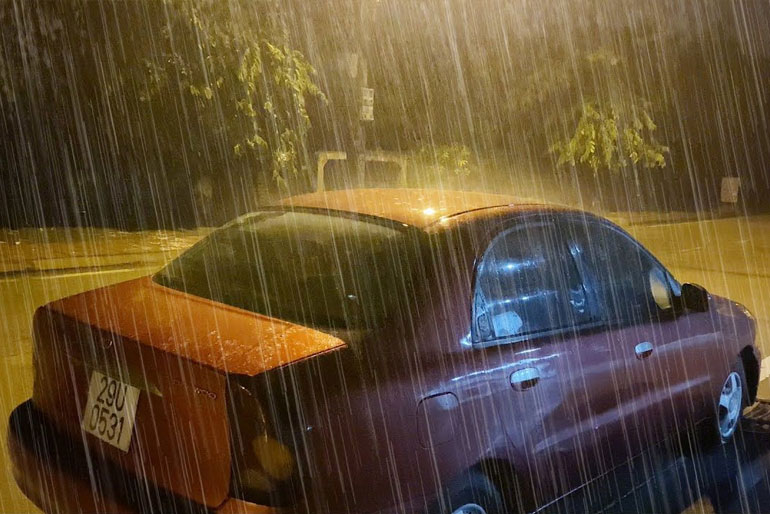
While it might seem like a mere inconvenience at the time, the effects of rainwater can build up and damage your car over time.
-
Wash and Wax Your Car
Rainwater is not in itself harmful to your vehicle but what is damaging is the dirt, chemicals, salts, and oils that can be caught up or moved by rainwater. When rainwater falls, these substances can be transported onto your vehicle, and when the rainwater dissolves, these substances are left behind, causing harmful ‘water spots’.
You should protect your car against the effects of rainfall by regularly washing, drying, and waxing your vehicle. Waxing will help to create a barrier between your vehicle and the substances trapped in rainwater to ensure your car is always protected.
-
Seal Up Any Opening
You should check to see that there are no cracks and openings in your car, and if you find any, you should seal these up as soon as possible. Common places to find openings include windows, doors, and sunroofs. Sealing up openings will help to protect your car’s interior from rain damage.
Hail Storms
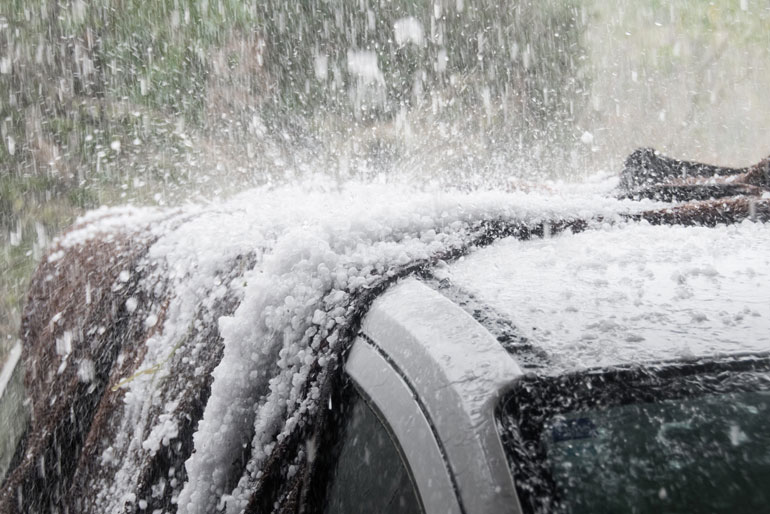
Hail storms can be a huge inconvenience for car owners, but knowing how to protect your vehicle can make all the difference.
-
Keep Your Car Covered
You should always try to keep your car covered when there is a risk of hail storms. If your weather forecast shows signs of a hailstorm, be sure to park your car in a covered garage. It is worth it even if you have to pay for the parking because on average, a car’s hail damage repair ranges from $2,500 to more than $10,000.
-
Get Repairs as Soon as Possible
As one company that specializes in hail damage repair Colorado Springs will tell you, hail damage can become a lot more serious when left untreated. If your car suffers hail damage, then you should take it for repairs as soon as possible to avoid the problem getting any worse.
Blizzards
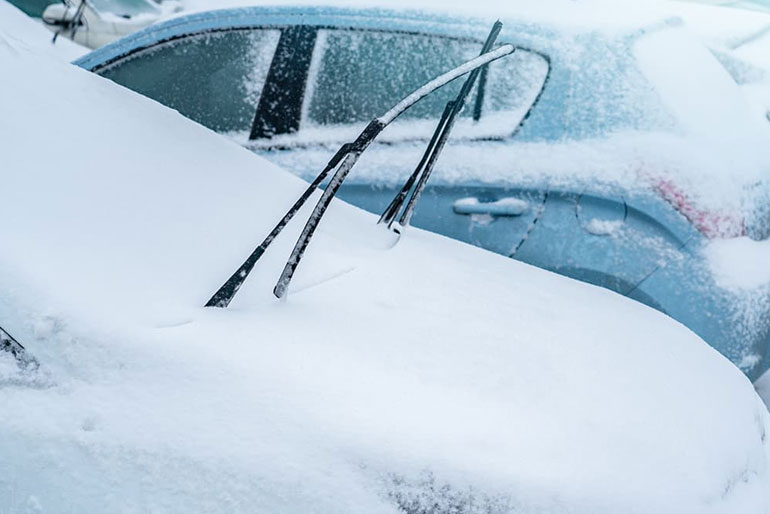
Any level of snowfall can cause huge problems for drivers. Knowing how to keep your car safe will help you to mitigate some of the irritating effects of snow.
-
Check Your Tires
Cold weather can cause tired pressure to become lower, and this can be very dangerous when combined with slippery and snowy roads. Make sure to regularly check your tire pressure when planning on driving in the snow. If you live in areas that regularly experience snowstorms, then you should consider purchasing snow tires.
Cold Weather
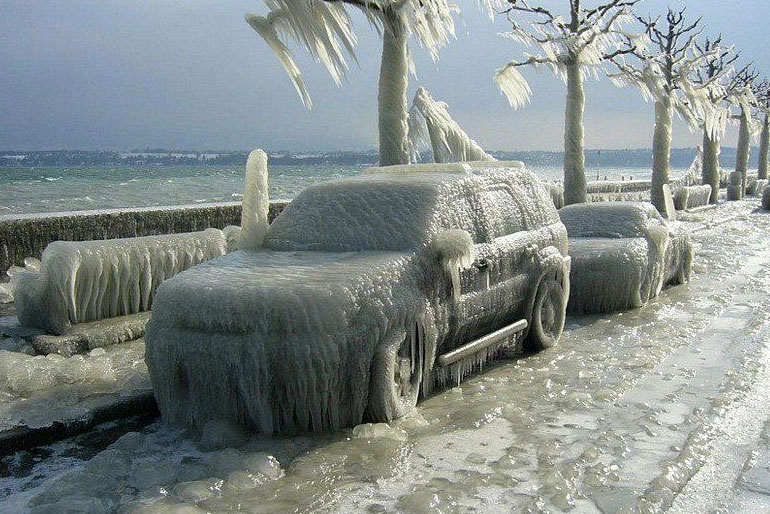
Any extreme weather will have an effect on your car, and this is as true for cold weather as it is for hot weather. Even if you do not experience snow or ice, you should still take measures to protect your car.
-
Check the Battery
You should try to check your battery health before winter sets in to ensure that it can survive the cold weather to come.
-
Fix Any Cracks
Of course, you should always fix a window crack as soon as you see a chip has formed. You should definitely get this sorted before winter sets in if you have neglected to fix a window crack. Cold temperatures cause the glass to contract, which will cause a crack to spread, making the problem much more difficult if you do not get the crack fixed before winter.





